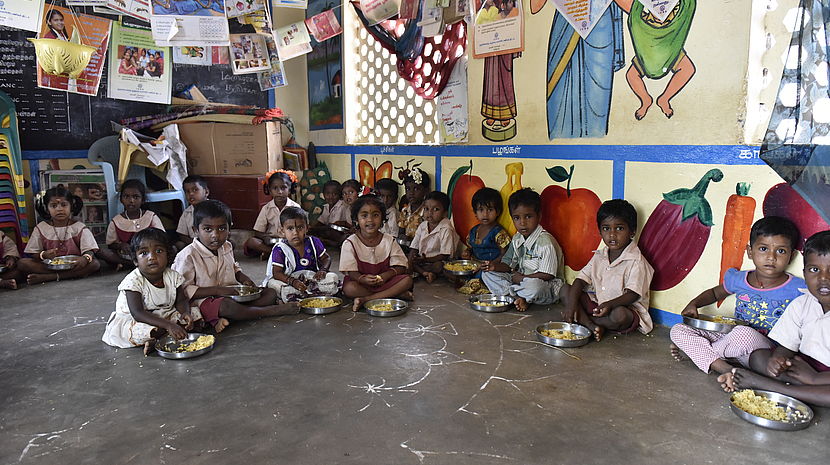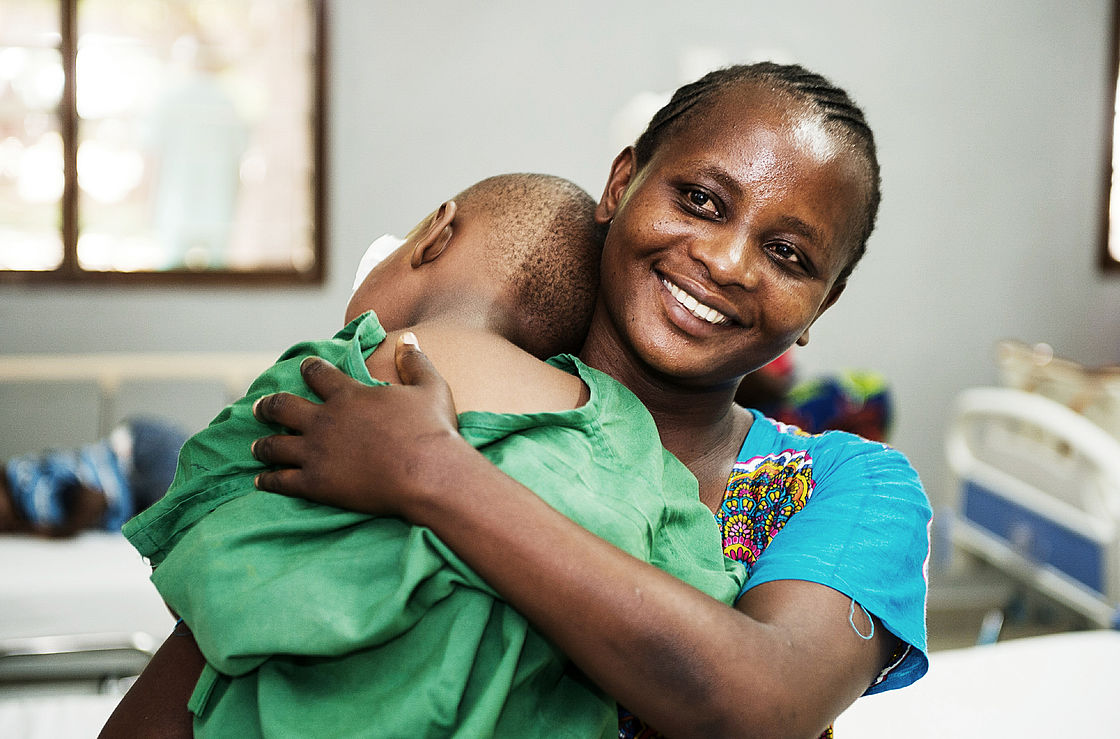The Future is Inclusive - how to make international development disability-inclusive

This publication sets out in detail the rationale for including persons with disabilities in international development and humanitarian action and highlights a number of key principles to support disability-inclusive development based on the rights based approach and good practice in development.
Why should International Development be disability-inclusive?
Approximately one in seven of the world’s population - over one billion people - have some form of disability and this number will continue to grow given the pace at which the global population is increasing and ageing. The 2011 World Report on Disability presents compelling evidence of the barriers that women, men, girls and boys with disabilities face in accessing services such as health care, education, and employment opportunities on an equal basis with others. The fact that persons with disabilities are being excluded in many areas of life makes disability-inclusion an important issue for all governments.
Why should International Development be disability-inclusive?
Approximately one in seven of the world’s population - over one billion people - have some form of disability and this number will continue to grow given the pace at which the global population is increasing and ageing. The 2011 World Report on Disability presents compelling evidence of the barriers that women, men, girls and boys with disabilities face in accessing services such as health care, education, and employment opportunities on an equal basis with others. The fact that persons with disabilities are being excluded in many areas of life makes disability-inclusion an important issue for all governments.
The Future is Inclusive

Abraham was born with bilateral cataracts. Here he is being operated upon by eye specialists from CCBRT Tanzania
CBM AustraliaOvercoming barriers
In the development and humanitarian context, persons with disabilities face many barriers, more often than not they are left behind in development programs and humanitarian activities. If the human rights of persons with disabilities are to be realised these barriers and obstacles must be removed. One of the significant lessons learnt from the Millennium Development Goals (MDGs) and the absence of women, men, girls and boys with disabilities in any of its goals, targets and indicators, is that unless disability is named explicitly as a crosscutting thematic issue in development, persons with disabilities are not being identified as a target group for services such as education and health.
Similarly from the perspective of humanitarian responses and disaster risk reduction, persons with disabilities are often absent from disaster management strategies and overlooked by relief operations and can be at a higher risk in times of disaster. While progress has been made in awareness as to why it is important to include persons with disabilities in development and humanitarian action, gaps in areas such as data collection and monitoring continue to exist impacting on effective development outcomes for persons with disabilities.
The Future is Inclusive
“The Future is Inclusive” is a recent publication by CBM. It sets out in detail the rationale for including persons with disabilities in international development and humanitarian action and highlights a number of key principles to support disability-inclusive development based on the rights based approach and good practice in development.
Disability - inclusion in practice
Using case studies and good practice examples, a number of success stories are highlighted which illustrate how inclusion can be insured in development projects. For example, how the principle of accessibility resulted in a Pakistan health manager to take steps to make his health clinic and its services accessible to persons with disabilities. Another example from Ghana shows how the respect for inherent dignity could bring about positive change for people with psychosocial disabilities.
Key topics
Key topics discussed in the publication’s chapters include -
- Persons with disabilities cannot be left behind; until today, they fare less well in health outcomes, educational achievements, and economic participation and experience higher rates of poverty than people without disabilities. These factors make them an important target group in development and humanitarian actions
- Including persons with disabilities in development is not a new topic; international agencies and NGOs have been working in this area for many years and have gathered both good and bad practices. But much more has to be invested to overcome exclusion of women, men, girls and boys with disabilities at it is still prevalent today
- Governments and non-governmental stakeholders have a key role to play in promoting and protecting the human rights of persons with disabilities. The Convention on the Rights of Persons with Disabilities requires that all governments take action to include persons with disabilities
- Implementing disability-inclusive development means to overcome existing barriers in development policies, programmes and projects and to find solutions for inclusion
- Principles for disability-inclusive development are: accessibility, respect for inherent dignity, non-discrimination and equal opportunities, full and active participation and inclusion in society and respect for diversity.
Concluding key messages
Women, men, girls and boys with disabilities are at a higher risk of poverty
- Investing in inclusion brings positive gains to persons with disabilities, their families and to society overall
- Disability is an important crosscutting thematic issue for all development and humanitarian activities
- Disability-inclusive development and humanitarian responses are covered by international law and also good practice in development
- Both governments and civil society have important roles to play in fostering disability-inclusive development and humanitarian actions
- Principles for disability-inclusive development are accessibility, respect for inherent dignity, non-discrimination and equality of opportunities, full and active participation and inclusion in society, and respect for diversity (including equality between women, men, girls and boys with disabilities)
- Ensuring the involvement and participation of women, men, girls and boys with disabilities is a positive step towards empowering persons with disabilities to become agents of change in political and social decision-making.
Additional information
From May onwards, the publication can be ordered via all major book sellers (ISBN 978-3-7375-3923-4) and is available on www.cbm.org/didseries1_The_Future_is_Inclusive_pdf.
This publication is the first in a new series produced by CBM called the “Series on Disability-Inclusive Development”. Forthcoming topics in the series include general topics on disability-inclusive development such as human rights, global development and also specialised topics on health, education and livelihood.
Inclusive Development
How CBM works for an inclusive world in which all persons with disabilities enjoy their human rights and achieve their full potential
Read more